From pv magazine, August edition
Lior Handelsman addressed the crowd from the stage. “This is not the future, this is the forming reality,” enthused the SolarEdge founder. “And there is value here for everyone.” Handelsman, whose full title is VP of marketing and product strategy, was addressing the Future PV Roundtable at Intersolar Europe in late May. Handelsman described the business argument and use case for virtual power plants (VPPs) at the distributed generation level as being about the ability to avoid grid infrastructure updates and peaking generation from traditional sources, while at the same time delivering a reliable supply of electricity.
Future PV heads to India
The underlying principle of a VPP is that it can provide electricity network operators with the ability to monitor and control distributed generation assets such as solar PV, as well as electricity loads, on an aggregated basis. By doing so, the network can meet peak electricity demand events by tapping DG assets and controlling loads at the neighborhood level.
In terms of loads, Handelsman said that in the United States analysts estimate that there is around 47 GW of “demand flexibility” available for control by grid operators. These flexible loads were defined during the presentation as being rooftop PV arrays, which can be curtailed; storage systems that can be either charged or dispatched; smart household devices such as connected thermostats; and electric vehicle chargers, the latter being a load on which Handelsman placed particular emphasis.
Importantly, particularly for the attendees of the Future PV Roundtable, VPPs can also allow for higher levels of rooftop solar penetration. Handelsman pointed to existing constraints to PV installations that are already occurring in some parts of the world and on some grids – certain Australian states are one such example.
“That is a critical future for solar energy,” said Handelsman. “Without this, we the solar industry will bring the network to congestion and we will have real grid issues. We need to be able to turn all of these distributed systems into a working resource for network operators.”
Handelsman pointed to two real-world case studies in which SolarEdge’s VPP platform had been deployed – one in California and another in Massachusetts. In the case study from California (see the charts right), the SolarEdge VPP was able to keep peak grid demand below its capacity of 5 MW by discharging distributed battery arrays. The event, required of the VPP, was scheduled one day in advance based on demand forecasts and occurred across three days. The Massachusetts case study (see chart to the top right) demonstrated a similar capability, where the VPP switched systems to self-consumption mode, where power demand was met with supply from locally situated batteries between 9 p.m. and 3 a.m. Normally the batteries are used for backup power.
Interestingly, grid regulations played an important role in the operation and efficacy of the VPP in both case studies. In California, the batteries are only allowed to charge from rooftop PV arrays, and not from the grid, as specified by the Californian network operator, the ISO. This meant that on day three of the event, the batteries were limited in terms of how much power they could discharge into the grid, as it was cloudy. In Massachusetts, while the batteries were allowed to charge from the grid, the systems were not permitted to feed into the grid.
“The biggest problem in moving this type of technology forward is regulation,” said Handelsman, in response to a question from the Future PV audience. “What we see is that it is very country dependent. There are at least two aspects of regulation that need to be addressed here, one is grid security … the other is financial.”
Handelsman cited the example of Germany as one in which regulation is driving the cost of VPP adoption through stringent cyber-security requirements: “You need a separate communication channel and separate metering and lots of things. Some countries like Australia are much more permissive of this because there is less fear and VPPs are moving faster. Technology needs to be flexible enough to adapt to different types of regulation.”
Policy outlook
The SolarEdge presentation was followed by a panel discussion in which, unsurprisingly, policy played a central role. Walburga Hemetsberger, CEO of SolarPower Europe, was on the panel and pointed to the EU Clean Energy Package, which is to be legislated by member states by 2020, as providing the policy settings through which VPPs and their value can be realized.
“It empowers consumers so that they are a full part of the energy system. And it also provides the possibility to have more self consumption,” Hemetsberger said. She summarized some of the activities covered by the Clean Energy Package: “Demand response, all the flexibility tools, storage, will be able to participate in the market, as well as consumers.”
Cecilia L’Ecluse, an analyst at BloombergNEF, noted that in the C&I market, tariff structures do not universally incentivize relatively basic principles such as maximizing self consumption. “At the moment though there is not always the regulation in place for self consumption for C&I projects – for example, in the Netherlands, you are still encouraged to feed all of your electricity into the grid, you will get a higher FIT.”
This content is protected by copyright and may not be reused. If you want to cooperate with us and would like to reuse some of our content, please contact: editors@pv-magazine.com.
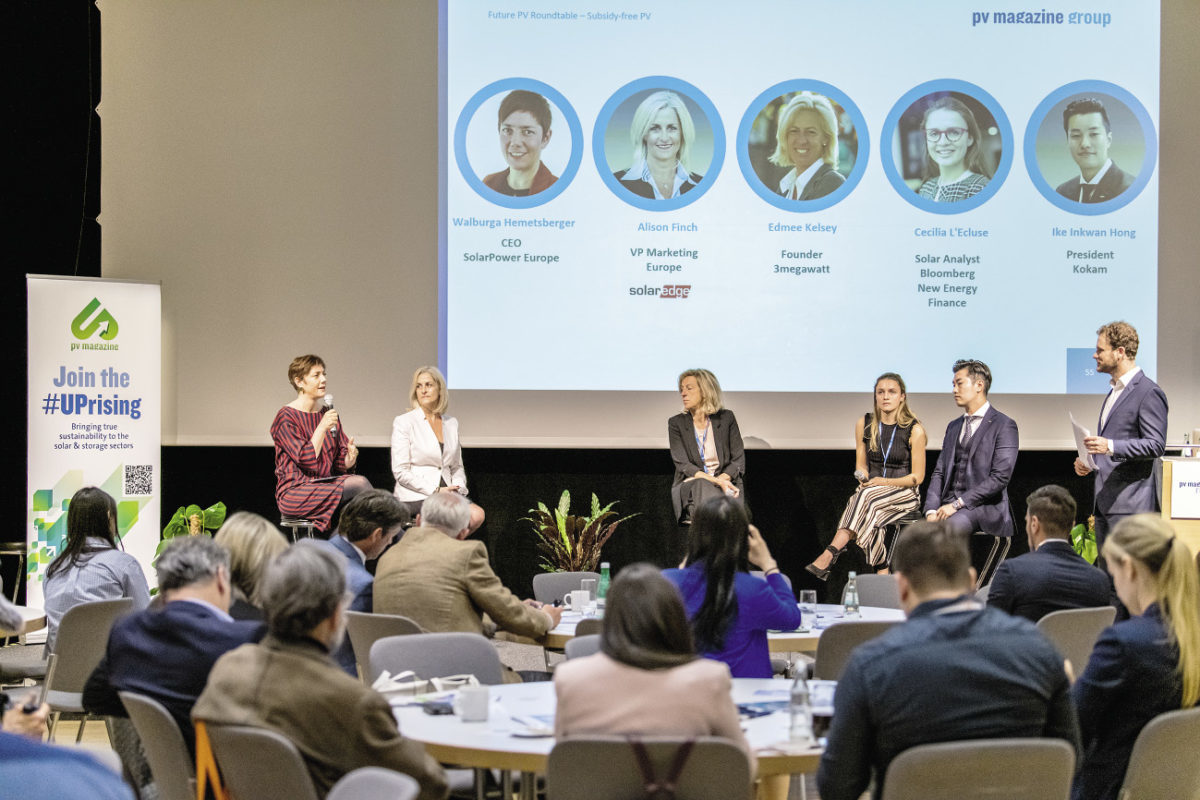
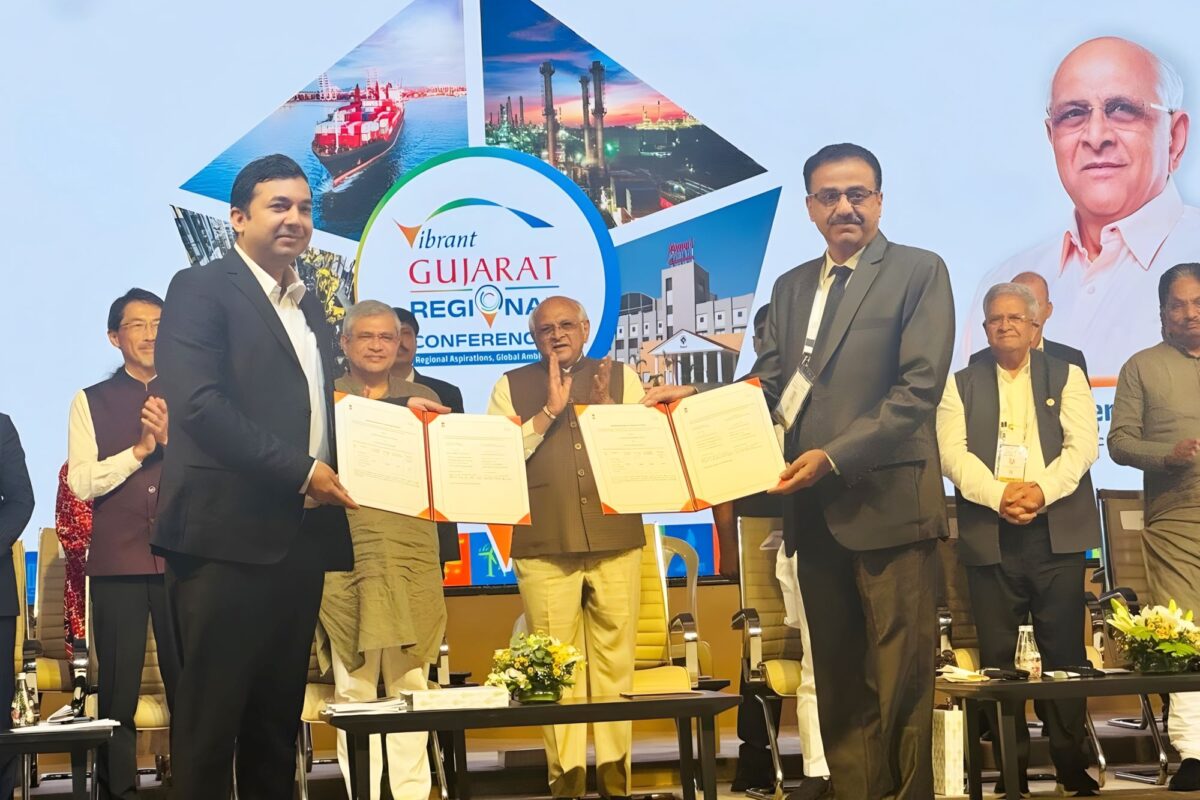


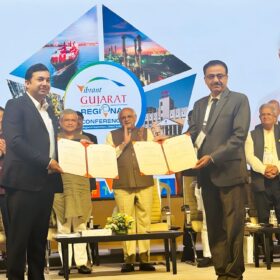
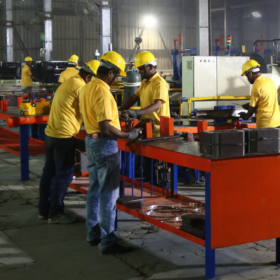


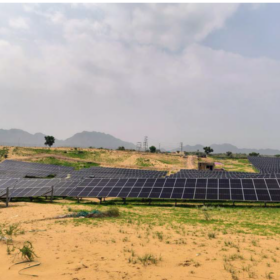
Do you have the charts referring to the Massachusetts and California VPPs?